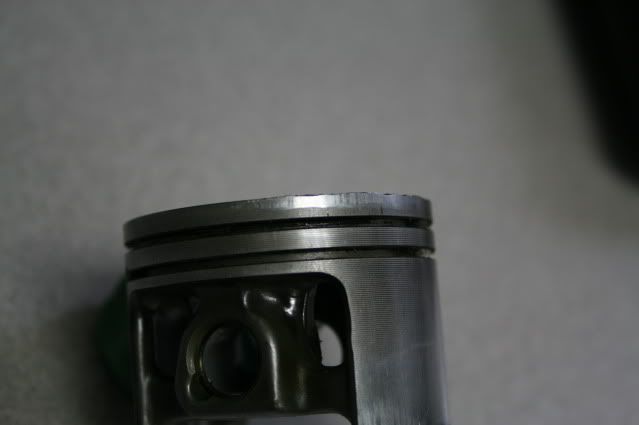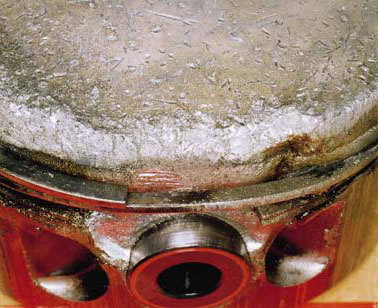Al Smith
Mac Daddy
I think too it might be the piston .I have detected both taper and ovality on the large Macs .With the Stihls I was unable to determine between that and piston wear due to the fact they were old half worn out to begin with .Plus the fact the Stihls are cut skirt type and the Macs full skirt .Not much area to measure on a cut skirt .
Really though because these pistons are so small any difference would be very slight .I would take a guess most likely below 1 thou on real small ones if any at all .
On automotive type pistons if I'm not mistaken this method was to eliminate or lessen the effects of piston slap .On a 2 cycle because of the cooling effect of the fuel / air being transfered from the crankcase it might not be needed at all .
Very interesting method was used in the days before CNC stuff .It was all done with a "cat head " turner that cut on an elipse for ovality and a wedge for taper .Those old machine tool designer used their heads for something other than a hat rack .
Really though because these pistons are so small any difference would be very slight .I would take a guess most likely below 1 thou on real small ones if any at all .
On automotive type pistons if I'm not mistaken this method was to eliminate or lessen the effects of piston slap .On a 2 cycle because of the cooling effect of the fuel / air being transfered from the crankcase it might not be needed at all .
Very interesting method was used in the days before CNC stuff .It was all done with a "cat head " turner that cut on an elipse for ovality and a wedge for taper .Those old machine tool designer used their heads for something other than a hat rack .














